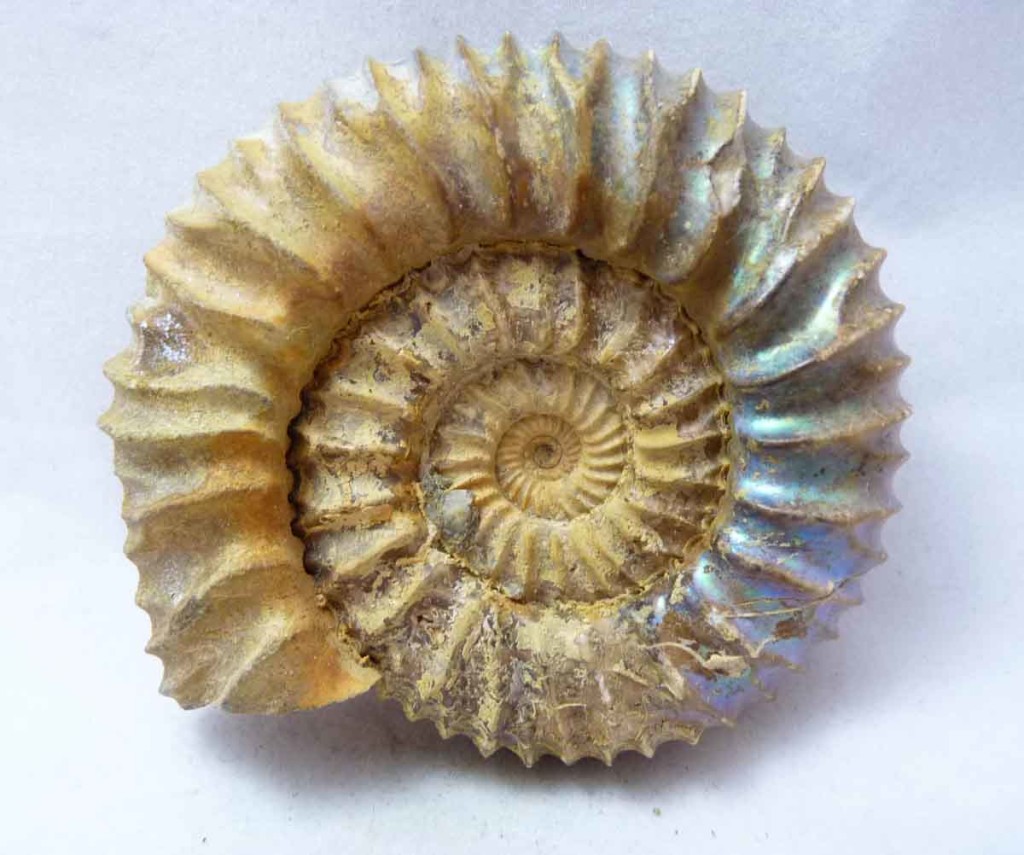Africa is an extremely rich continent with a long history of mining. Many African nations, particularly Namibia, the Democratic Rebublic of Congo, Madagascar, Morocco, south Africa, Tanzania, Kenya, and Mali produce mineral specimens and fine gemstones. Some nations in Africa such as Sierra Leone and Zambia have extensive mining operations throughout them but rarely produce mineral specimens.
 African mineral localities are various in their types. They are either extremely large, somewhat mechanized open pit or underground operations or the complete opposite – small artisanal operations worked with hand tools. Mines throughout Africa produce typically metals such as copper, cobalt, gold, silver, or iron; or gemstones such as diamond, emerald, elbaite tourmaline, and ruby. Africa has several localities known worldwide for their high diversity of mineral species- Tsumeb, Namibia; the Kalahari Manganese Field, South Africa; and Katanga, Democratic Republic of Congo.
African mineral localities are various in their types. They are either extremely large, somewhat mechanized open pit or underground operations or the complete opposite – small artisanal operations worked with hand tools. Mines throughout Africa produce typically metals such as copper, cobalt, gold, silver, or iron; or gemstones such as diamond, emerald, elbaite tourmaline, and ruby. Africa has several localities known worldwide for their high diversity of mineral species- Tsumeb, Namibia; the Kalahari Manganese Field, South Africa; and Katanga, Democratic Republic of Congo.
Africa produces several unique varieties of gemstones found either nowhere else or few other locations on Earth. The most well known out of these unique species is Tanzanite – a gemmy blue variety of zoisite that often shows incredibly striking trichroic color change. Tanzanite is one of the most highly sought after gemstones because of its gorgeous appearance and extreme rarity. Tsavorite is another rare gem mineral variety that is only found in one location worldwide, that being in Kenya. It is a variety of grossular garnet which is colored green by chromium and sometimes gemmy enough to facet.
Madagascar and Morocco are two African nations that have relatively recently started to produce fine mineral specimens. Madagascar is known for fine gem pegmatite minerals, gates, ruby and sapphires, and garnets. It is proving to have a diverse array of igneous and metamorphic silicate minerals. Morocco has been supplying the world with many thousands of mineral and fossil specimens for around 20 years. Morocco is best known for its excellent specimens of vanadinite and for fossils, but has also produced the world’s best erythrite, gorgeous malachite and azurite, amazing yellow angleasites, interesting highly crystallized prehnite, native silver, fine titanites, geodes, and many other minerals. New finds in Morocco seem to be made yearly.

Namibia produces the largest variety of specimens out of any African locality. 307 minerals have been reported from the Tsumeb Mine alone, which is one of the most diverse mineral localities in the world. The Tsumeb Mine is also famous for incredible specimens of azurite, malachite, dioptase smithsonite, mimetite, balydonite, and others in addition to its assortment of rarities. The ore at Tsumeb is rich in germanium, gallium, and cadmium, which helps give this location its unique mineralogy. Namibia is also well known for pegmatite minerals (particularly aquamarine), fluorite, topaz, elbaite, jeremjevite (a rare borate mineral), amethyst, prehnite, plancheite, and numerous others. Namibia provides an amazing assortment of mineral species in high quality. It is also a popular destination for mineral collecting tourism considering the diversity of its mines and the relative safety of the country.
